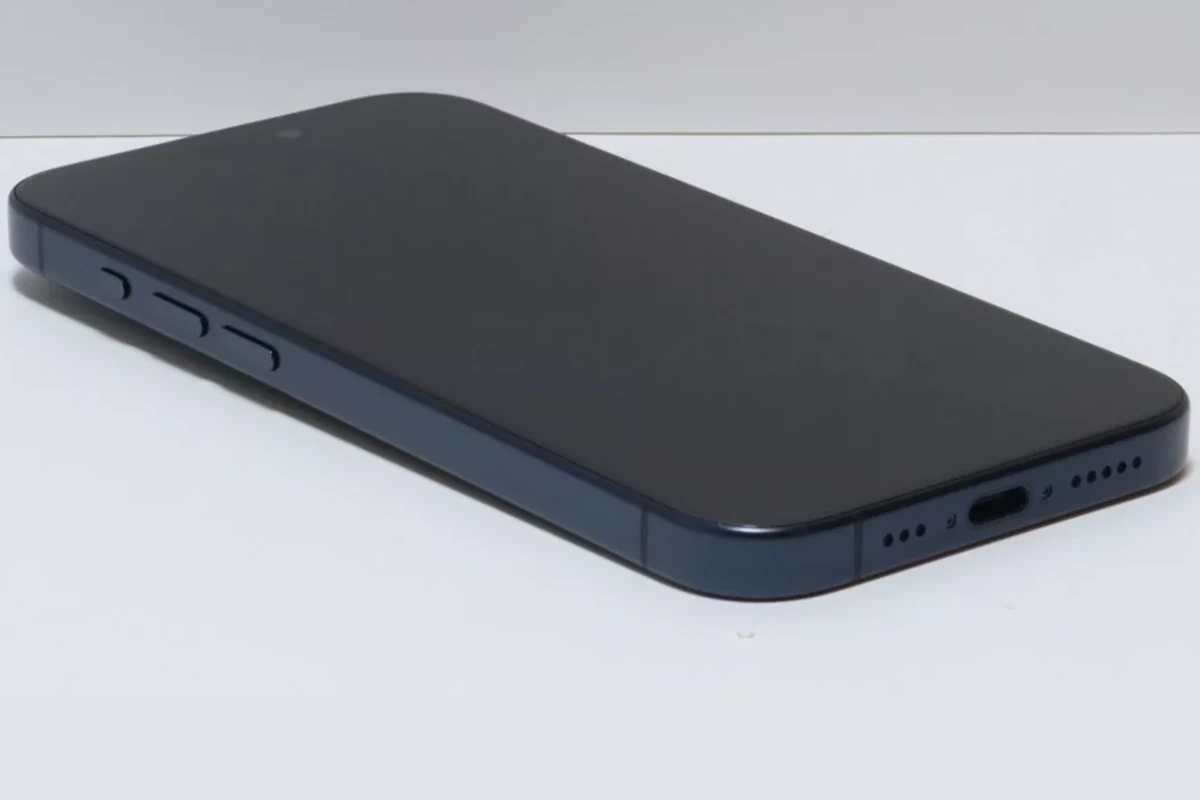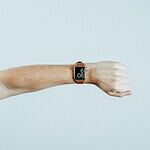Having trouble accessing data from an Android phone that won’t power on can be very frustrating. This can happen due to a drained battery, system crash, or hardware malfunction. Users often need the data stored on their devices, including contacts, messages, and photos. Despite the challenge, there are several methods to retrieve this data, some of which don’t require the phone to turn on. A dead phone can feel like a nightmare, especially when valuable photos, contacts, or other data are trapped inside.
While it’s not always guaranteed, there are several methods you can try to recover your data, from utilizing cloud backups and data recovery software to seeking professional help. However, the best strategy is always prevention – back up your data regularly to avoid the heartache of data loss in the future. Preparing a phone for data recovery begins with understanding the problem. If the device shows no signs of life, one might first need to ensure it’s properly charged. If charging does not solve the issue, the fault may lie with the hardware or software. It’s important to proceed with caution to prevent further damage or data loss. At this stage, using recovery software or extracting data from backups and external storage like an SD card can be instrumental.
The process of recovering data from a non-responsive phone involves the use of specialist software tools designed for such situations. These tools navigate the phone’s system to reach and extract the data. For phones that still won’t respond, data extraction techniques can often retrieve vital information directly from phone backups or connected Google accounts.

Data Retrieval from a Dead Phone: Exploring Your Options
1. Check for Cloud Backups
If you had cloud backups enabled, retrieving your data might be surprisingly simple.
- For iPhones: Sign in to your iCloud account on another device or computer. Check if your photos, contacts, and other data are backed up there.
- For Android phones: Log in to your Google account and navigate to Google Drive. Look for the “Backups” section to see if your phone data is stored there.
2. Utilize Data Recovery Software

Several software solutions specialize in recovering data from unresponsive devices.
- EaseUS MobiSaver, Dr.Fone, or Tenorshare UltData: These programs are designed to extract data like photos, messages, and contacts from phones, even if they won’t turn on.
- Remember: Success rates vary, and these tools often require a paid subscription.
3. Try an External SD Card

If your phone has an SD card, it might hold valuable data.
- Remove and Connect: Carefully take out the SD card and connect it to a computer using a card reader.
- Access Files: You should be able to access photos, videos, and other files stored on the card.
4. Seek Professional Help
If the above options fail, consider professional data recovery services.
- Data Recovery Specialists: These experts have specialized tools and techniques to recover data from damaged or unresponsive devices.
- Important: This option can be expensive, so weigh the value of your data against the cost.
5. Preventative Measures for the Future
- Regular Backups: Always back up your phone data regularly to a cloud service or computer to avoid future data loss.
- Consider Device Insurance: Insurance can help cover the cost of data recovery or device replacement in case of unexpected damage.
Troubleshooting Tips
If your phone shows signs of life (e.g., it vibrates or shows a faint light), try the following:
- Charge the battery: Connect your phone to a charger for a few hours and then attempt to turn it on.
- Soft reset: Try forcing a restart by holding down specific buttons (varies depending on the phone model).
- Boot into safe mode: This can help identify if a third-party app is causing the problem.
When to Give Up
If your phone is severely damaged or the data is not critical, it might be more practical to accept the loss and focus on getting a new device.
Key Takeaways
- Retrieving data from an inoperative Android phone is possible with the right approach.
- Checking the phone’s charge and examining for hardware faults is the first step before data recovery.
- Using data extraction software or accessing backups can rescue data without needing the phone to turn on.
Preparing for Recovery
To get data off a phone that won’t power on, effective preparation is key. This involves both initial troubleshooting and accurately identifying potential issues.
Initial Troubleshooting
First, ensure the device is charged. Sometimes the problem is as simple as a drained battery. Plug in your Android or Samsung phone for at least an hour before trying anything else. Then, press the power button to see if the phone turns on. If the screen remains black, the issue might be due to a dead battery or a faulty charging port.
Check for physical damage. Look at the screen, the body, and any visible parts to determine if there’s harm. Water damage can also prevent a phone from turning on. If your phone has been near water, this could be the culprit.
Identifying the Problem
If an Android device shows no signs of life, consider a hardware or software issue. A broken screen might not display anything even if the phone is on. Evaluate if there was a recent system crash or if the phone froze before it went off. Android operating systems can falter due to software hiccups.
For Samsung devices, utilize the company’s support for diagnostic tools. These tools help identify whether the problem is due to the operating system or hardware components. In case these initial steps don’t resolve the issue, professional assistance might be needed to recover the data inside.
Data Recovery Process
Recovering data from a phone that won’t turn on can be a critical task for retrieving contacts, messages, photos, and documents. Here are practical steps to retrieve what you need from an unresponsive device.
Using Data Recovery Software
For an Android phone that won’t turn on, data recovery software can help. Programs like Broken Android Data Extraction make it possible to extract files such as WhatsApp messages and photos. Here’s how to do it:
- Install the software on your computer.
- Connect your phone with a USB cable.
- Follow the program instructions to recover your data.
The software often requires selecting the correct device model and agreeing to certain terms to proceed. This method works well for data like contacts and messages.
Extracting Data without Power
If your device is out of power and non-functional, Google Drive can be a lifesaver. Android users that have set up their devices to back up to Google Drive can access their backups from any computer. This backup may include photos, videos, and documents. To access Google Drive:
- Go to the Google Drive website.
- Sign in with your Google account.
- Locate the backup of your Android device.
- Download the files you need.
Regular backups ensure that even if your device loses power permanently, your data remains safe in the cloud.
Handling SD Cards and Internal Memory
SD cards can be removed from Android devices and read by computers. Here’s a simple way to recover photos and videos from an SD card:
- Turn off your phone and remove the SD card.
- Place the SD card into a USB card reader.
- Connect the reader to your computer.
The computer will display the contents of the SD card, allowing you to copy important data. However, internal memory presents a challenge as it can’t be removed. In such cases, professional data recovery services might be necessary.
Frequently Asked Questions
When a phone stops working, getting your data back can seem tough. This section helps you work through common data recovery challenges.
What are the steps to retrieve files from a non-responsive iPhone?
To recover files from an iPhone that won’t turn on, use a data recovery software on a computer that the phone has synced with. The software can often access backups from iCloud or iTunes to restore your data.
Can I access photos from a Samsung phone that fails to power on?
Yes, for a Samsung phone, you can try removing the SD card and using a card reader to access the photos on a computer. If the photos were stored in the phone’s memory, consider using Android data extraction tools.
Is it possible to extract data from a smartphone that is no longer turning on?
It is possible to extract data from such smartphones. For iPhones, use recovery software that can access iCloud backups. For Android devices, data recovery software or services can also help, especially if the phone has a physical damage.
What methods are available for recovering information from a water-damaged phone?
Take out the SIM and SD cards and dry them off. Do not use a hairdryer as it can harm the phone. Professional repair services might also be needed to fix the phone first before you try recovering any data.
Are there any free solutions for data recovery from a completely dead phone?
While many data recovery programs are paid, there are some free versions available. They may offer limited features or data retrieval options, so check what suits your needs the most.
How can I recover data from a phone with a broken screen that will not display anything?
For a broken screen, connect your phone to a computer and try accessing it as a media device. If the screen is unresponsive, professional software may be required to bypass the screen and directly access the phone’s memory.







